Since ancient times, India has been the birthplace of many Dharmic faiths that has turned into major religious sects in and around the world. Buddhism is one such religious faith that originated in India and is now flourishing in many South Asian countries.
Gautam Buddha, The founder of Buddhism started his journey as an ascetic and ended it as a “Tathagata”.
One of the most revered pilgrimage sites for the followers of Buddhism is Bodh Gaya town; the town where Siddharth Gautam received enlightenment and became a Buddha.
Table of Contents
- About Bodhgaya
- Places to visit
- Maharishi Temple Complex
- Great Buddha Statue
- Thai Monastery
- Indosan Nippon Japanese Temple
- Sujata Kutir
- Maya Sarovar
- Royal Bhutan Monastery
- Barbara Caves
- Dungeshwari Temple
- Vishnupad Temple
- How to Reach Bodhgaya
- Conclusion
- Frequently Asked Questions
About Bodhgaya
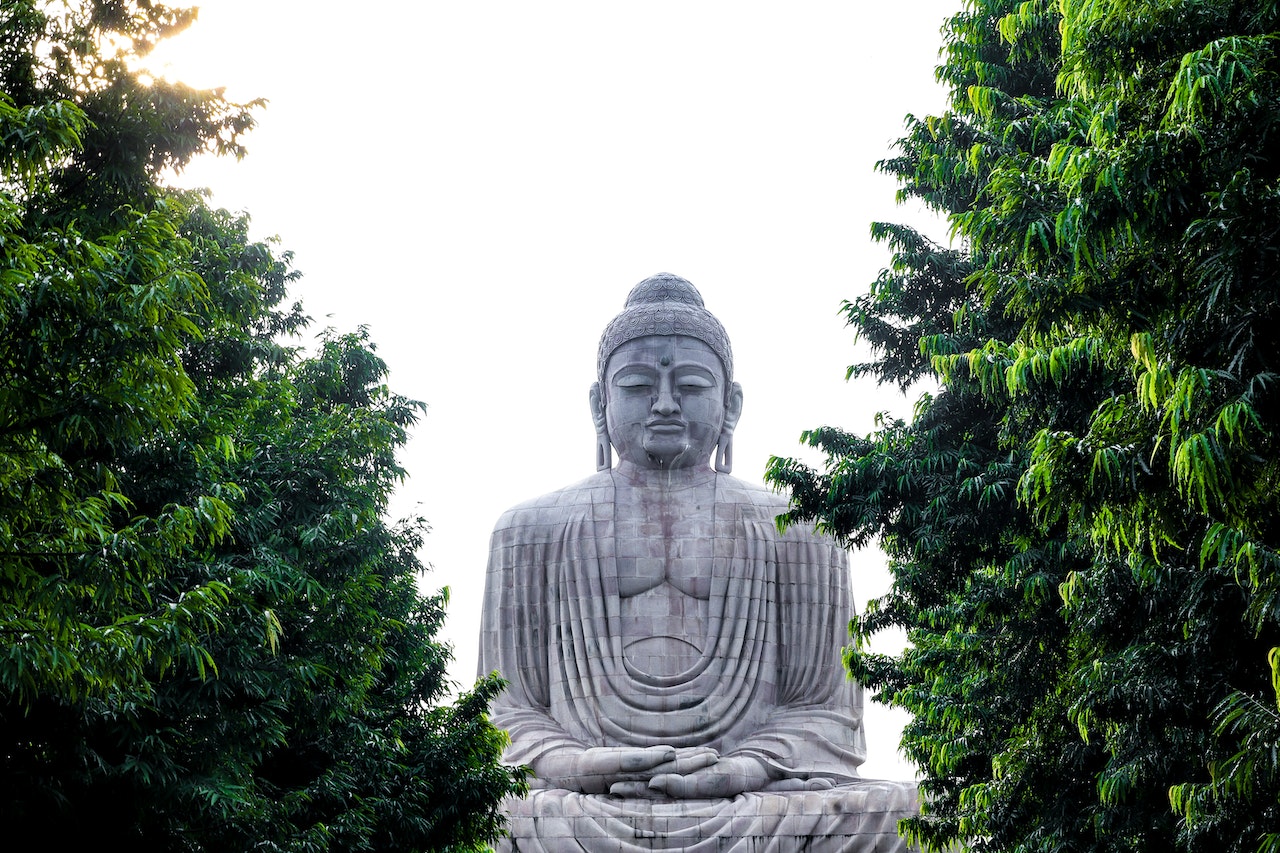
Bodhgaya is essentially a pilgrimage destination for Buddhists all over the world. In 1953, the town was revitalized as an International pilgrimage site. Efforts are being made to develop Bodhgaya as a round-the-year tourist destination.
Bodhgaya is equally important to the Hindus who arrive at this place to perform Pind Daan which brings salvation and peace to the departed souls of their ancestors and loved ones. It is said that Sri Ram, Ayodhya’s King had also performed the Pind-Daan of his father, Dashrath.
Places to visit in Bodhgaya
Bodhgaya has many tourist spots that tell you the story of Buddha when he was seeking salvation. The most important of all the places is the Mahabodhi temple complex. Let’s have a brief look at every place from Bodhgaya.
1. Maharishi Temple Complex
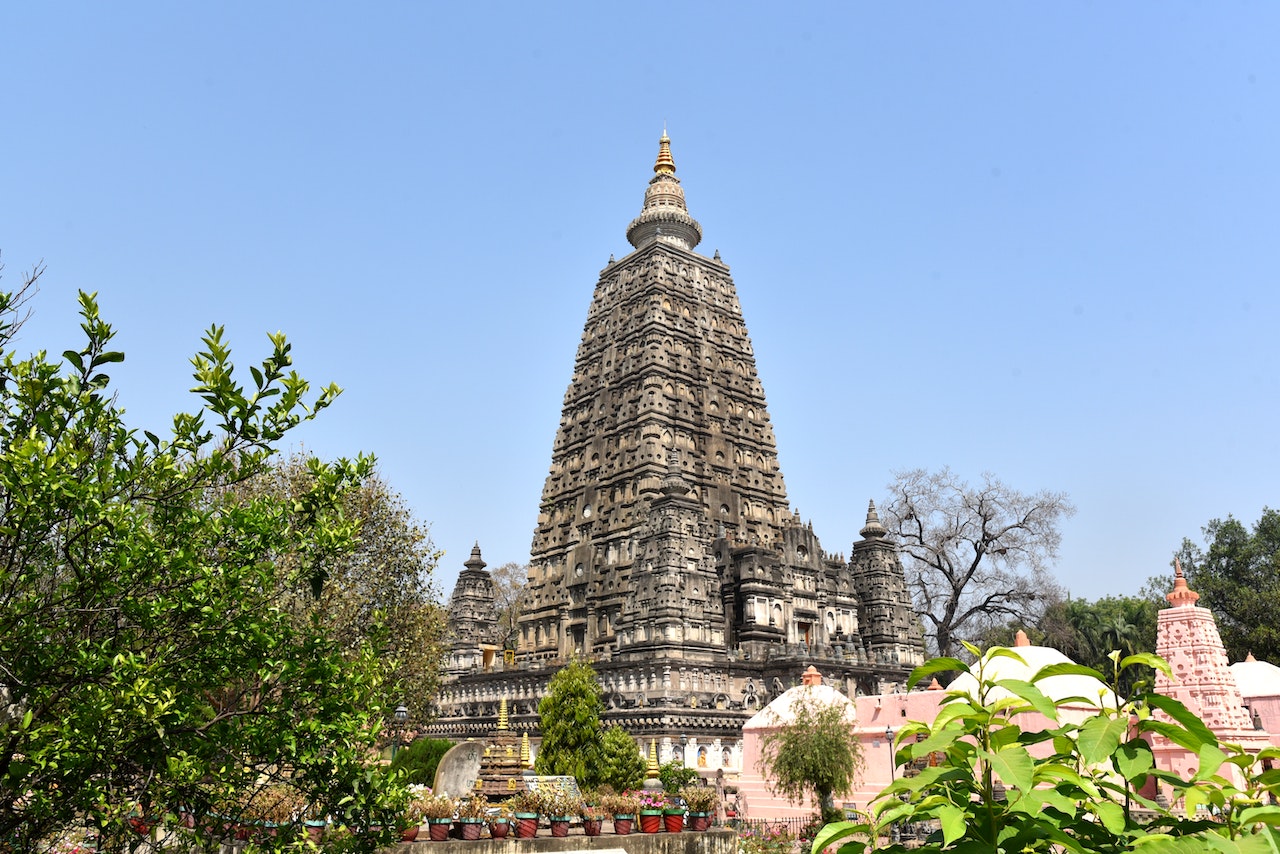
Designated as a UNESCO site, the Mahabodhi temple was built by Burma kings to pay homage to the Enlightenment period of Buddha.
The temple complex was originally built by Mauryan emperor Ashoka in the 3rd century BCE and was later expanded by the Guptas. This is one of the four holy sites related to the life of the lord Buddha.
It is said that the Buddha had spent seven weeks at various spots of the Mahabodhi temple complex. These spots include the Mahabodhi tree, which is said to be the direct descendant of the original Bodhi tree where Buddha spent his first week and had enlightenment.
The other sites at the Complex include
- Animesh Lochan Chaitya- This is the Prayer hall where Buddha had spent his second week of enlightenment. The Hall is located at the Northern point of the central path on a raised platform.
- Ratnachakrama- This is a Jewelled ambulatory which means a place for waking. The Buddha spent his third week at this place walking eighteen paces back and forth in this area. The ambulatory is near the North Wall of the main temple structure.
- Ratnaghar Chaitya- Situated at the north-east side of the enclosure, it is the place where Buddha had spent his fourth week of enlightenment
- Ajpala Nirodh tree- There is no tree at this place but a pillar that marks the site of the tree. Here, Buddha had spent his fifth week answering the queries of Brahmins who came to him.
- Muchalinda Sarovar- Also known as the Lotus pond, this is the place where Buddha spent his 6th week after attaining enlightenment.
The pond has an idol of Lord Buddha and a serpant surrounding him depicting the story of when a thunderstorm hit the place when Buddha was in meditation. The serpant king of the lake, Muchalinda came out of his abode and protected Buddha from the rain. The pond has been named after The same serpent king.
- Rajyatana tree- Buddha spent his last week near the Rajyatana tree situated in the southeast of the temple. A tree has been planted to mark the exact site.
The Mahabodhi temple complex also includes Vajrasana, the diamond throne made exactly at the place where Buddha attained enlightenment. The throne was built by Emperor Ashoka and has been mentioned by Ashvaghosha as the Navel of the Earth in Buddhacharitam.
There are numerous stupas in the complex well-protected by inner, middle, and circular boundaries. The time of the temple is from 5 AM to 9 PM every day.
Also Read: Top 10 Cultural, Traditional and Spiritual Tour of Vrindavan
2. Great Buddha Statue
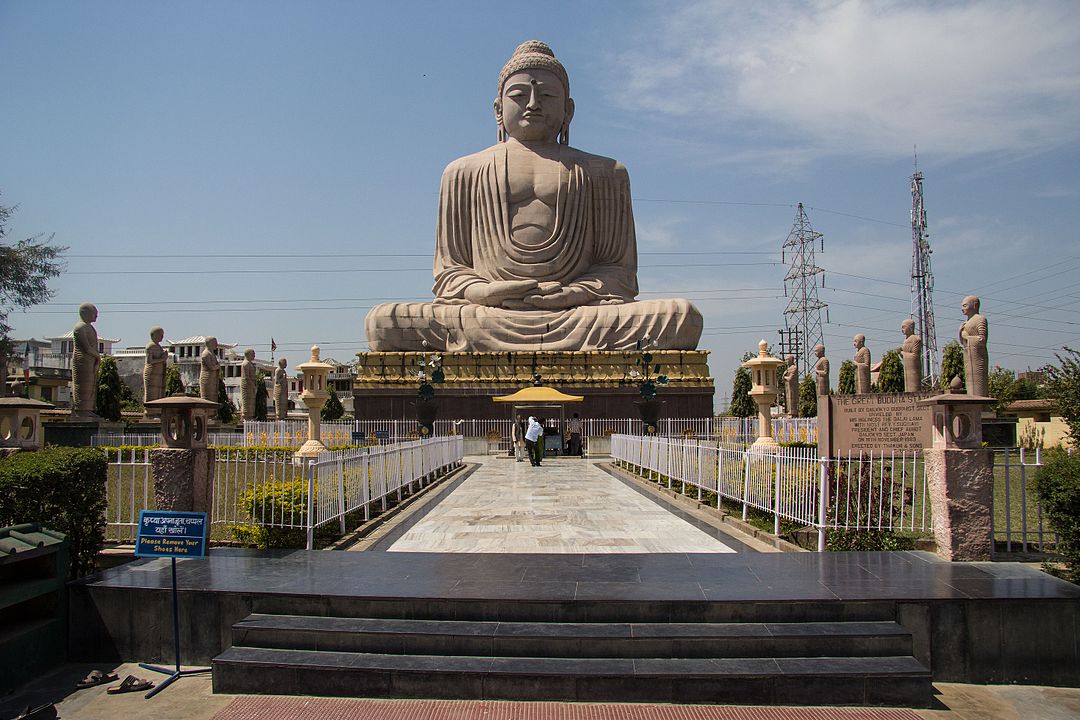
The Great Buddha statue is a giant statue of the Gautam Buddha. The total height of the entire structure is 80 feet while the height of Buddha is 64 feet. Here, the Buddha has been depicted in Dhyana Mudra (state of meditation). The entire monument has been made of sandstone and red granite and depicts the 10 principles of Buddha. It is located on Buddha road, Bodhgaya and the timings are from 7 AM to 12 PM and from 2 PM to 5:30 PM
3. Thai Monastery
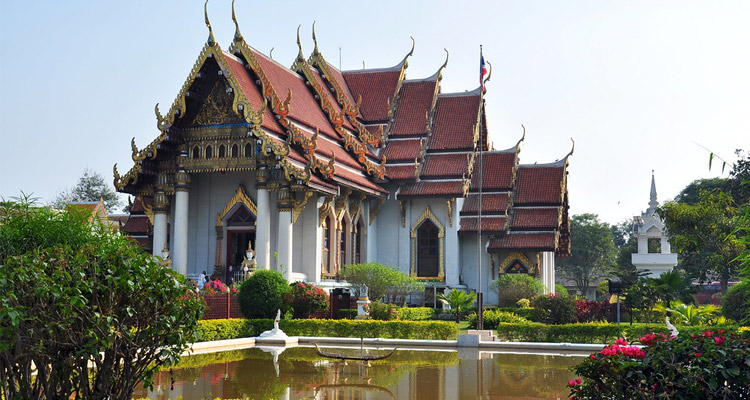
Also known as Wat Thai Monastery, this large Monastery was built by the Govt. of Thailand in 1956 at the request of Pt. Jawahar Lal Nehru. This was done to increase bilateral relations between the two countries. The Monastery is only 700 m away from the Mahabodhi temple complex and 1 KM from the Bodhgaya bus station.
The Wat Thai Monastery is the only Thai temple in India. The Richly colorful and ornamental architecture of the Monastery is similar to the temples built in Bangkok, Thailand. There is a bronze statue of Buddha which is 25m high. This gigantic statue has been built recently in the garden near the Monastery.
Every morning and evening, Meditation classes are held in the Monastery. In January, Retreats are held in complete silence where more than a hundred people participate in Yoga and Meditation. There is a guest house for the pilgrims who arrive in Bodhgaya. The timings for the Monastery are from 6 AM to 7 PM.
4. Indosan Nippon Japanese Temple
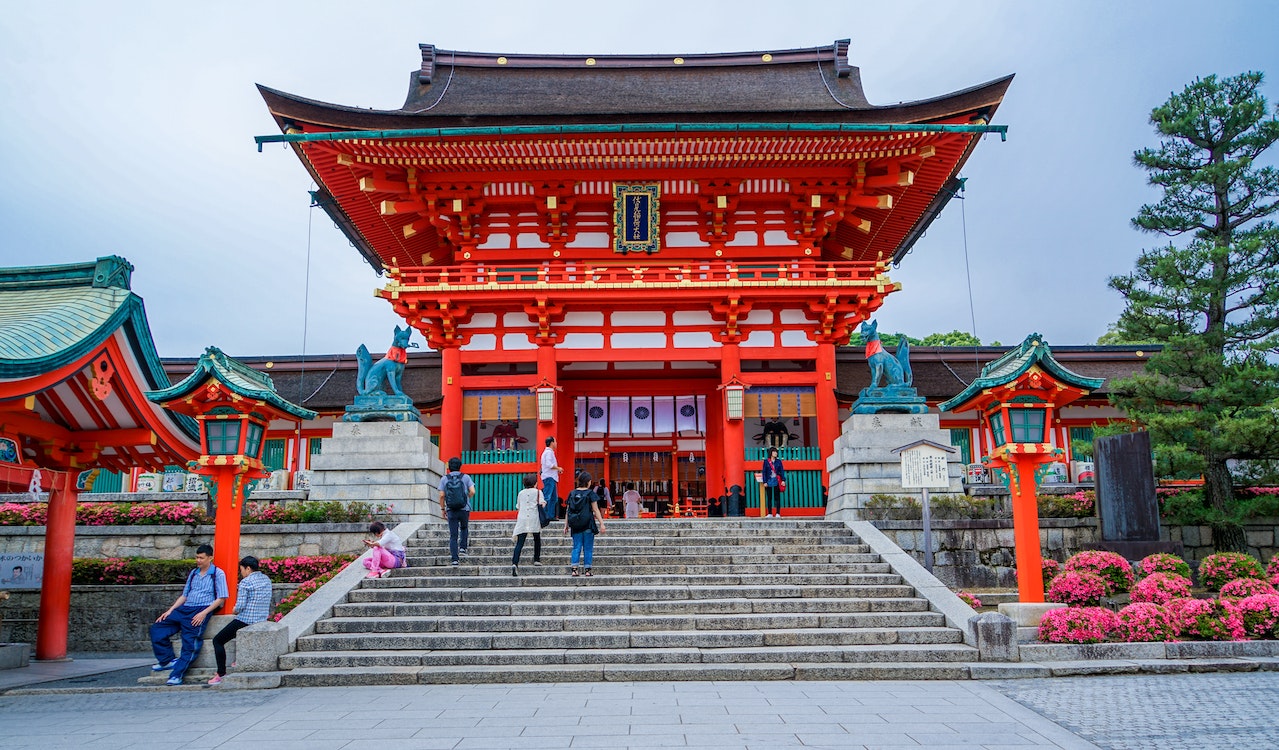
To spread the philosophy of Buddhism, the Japanese Government in 1972 funded the Indosan Nippon Japanese temple in Bodhgaya. The temple dedicated to Buddha traces significant events in the life of Gautam Buddha through Japanese paintings. The temple is a fine example of Japanese architecture which is made of wood, exhibiting its unique and exquisite beauty.
The temple is just 15 KM away from the Holy city of Bodh Gaya and entry to this temple is free of cost. The timings of the temple are 5 AM to noon and from 2 PM to 6 PM in the noon.
Also Read: Attain Enlightenment by Visiting Mahabodhi Temple at Bodh Gaya
5. Sujata Kutir
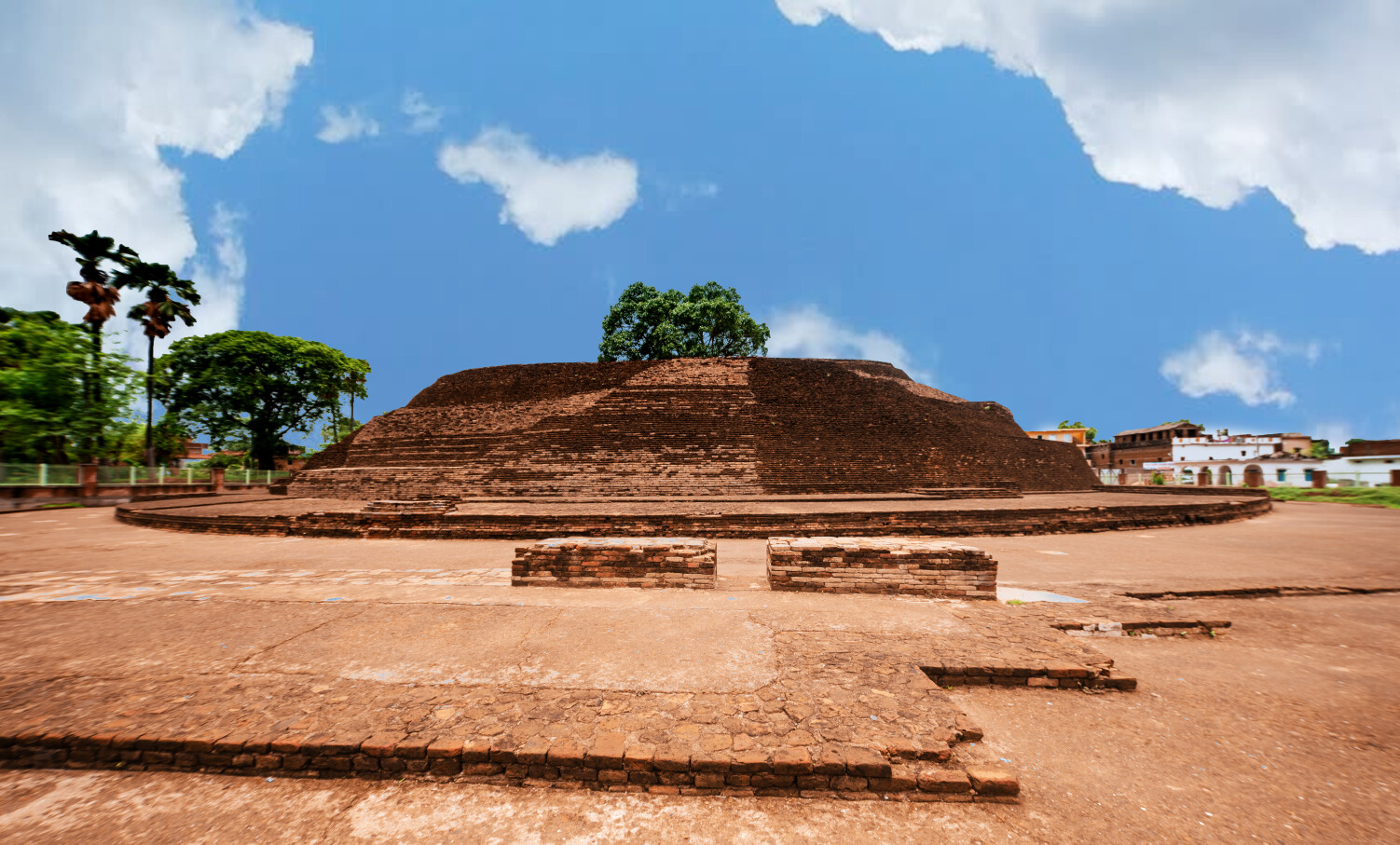
As The name suggests, the Sujata Kutir is a Buddhist stupa dedicated to Sujata, who had helped Buddha break his seven-year fast. Sujata was a young woman who had fed Buddha with milk and rice at this spot as he was sitting under a banyan tree doing meditation. The Stupa was built in the 2nd century BCE as confirmed by the Dark Grey polished wares and punch-marked coins in the Monastery nearby.
The Buddhist stupa lies across the Phalgu River, at the village of Senanigrama (bakraur) situated in the east of Bodh Gaya. It takes around 20 minutes to reach Kutir from Bodhgaya.
6. Maya Sarovar
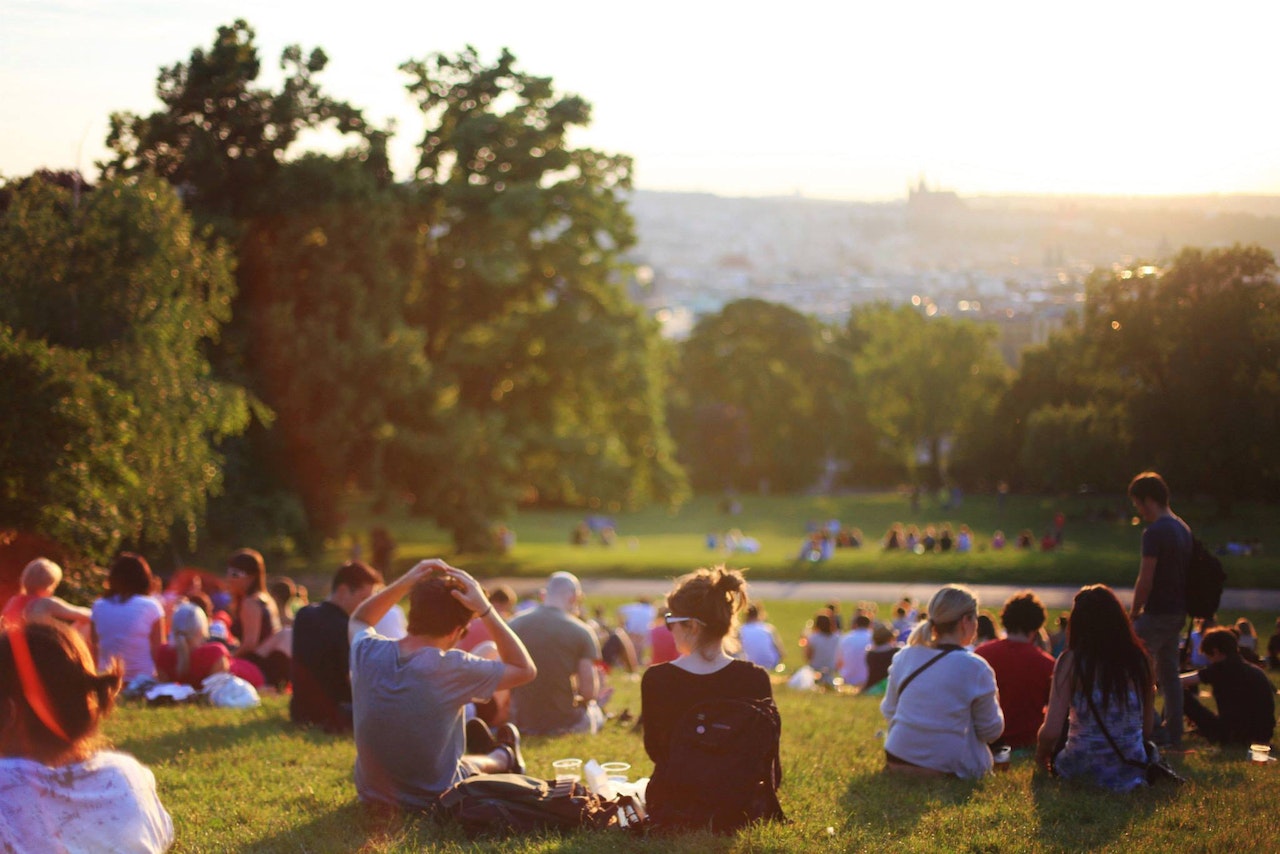
Situated near the Wat Thai Monastery, Maya sarovar is a lush green park. The park is spread across 5 acres and also includes a small pond that is open during the visiting time for amusement and entertainment of the visitors. Here, the Visitors can relax themselves from all the trips they undertake while travelling in Bodhgaya. Laser shows are held on Buddha life events. Along with that, there are many cultural events that take place in the Maya Sarovar. Ideally, The Park is an ideal place for a blissful and relaxing evening.
7. Royal Bhutan Monastery
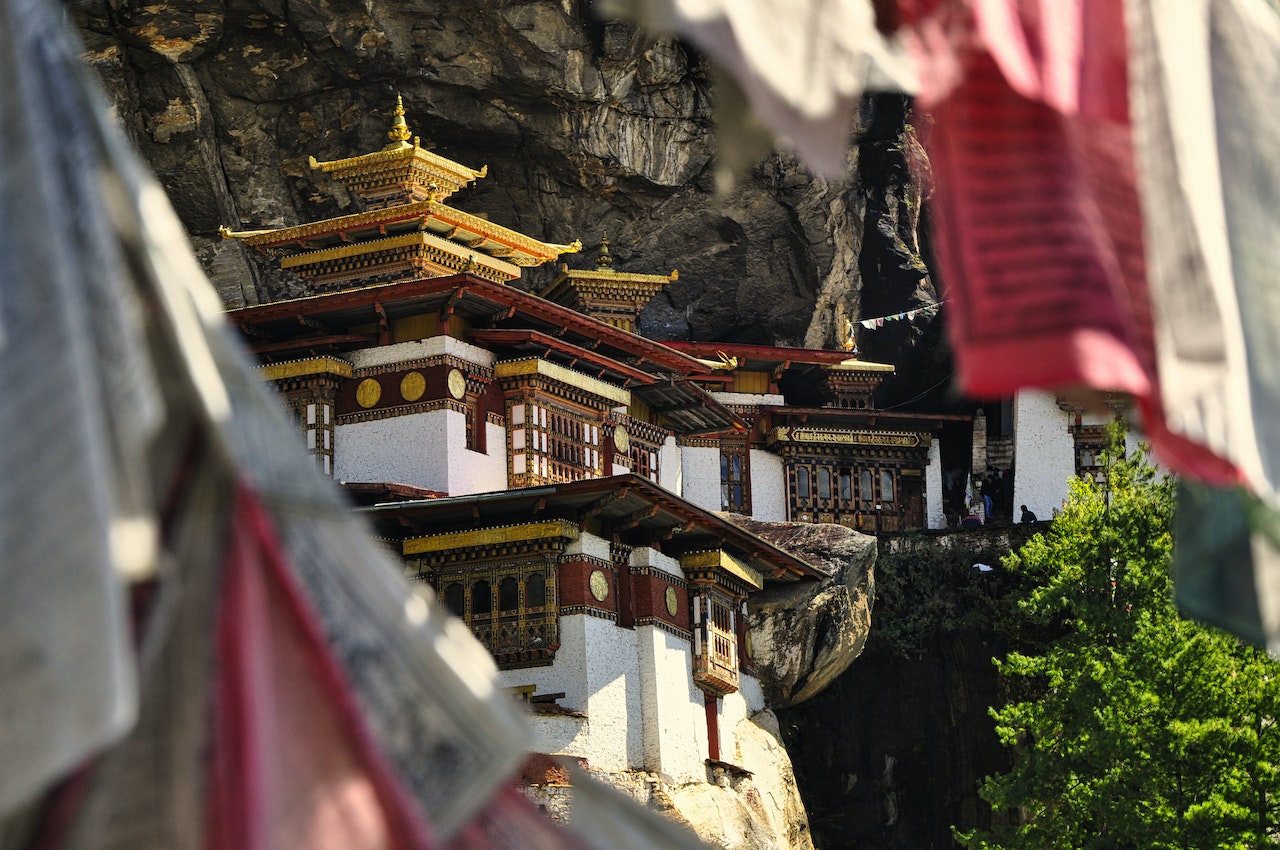
Home to a seven feet tall statue of Buddha, The Royal Bhutan Monastery, as the name suggests, was built by the King of Bhutan. The Monastery was constructed to honour the Buddha. The Monastery has featured several important events in Buddha’s life in its exquisite clay carvings. Millions of followers of Buddhism from across the world come to this place every year. The Monastery is 500 m away from the Giant Buddha statue and 1 km from the Bodh Gaya bus station.
8. Barbara caves
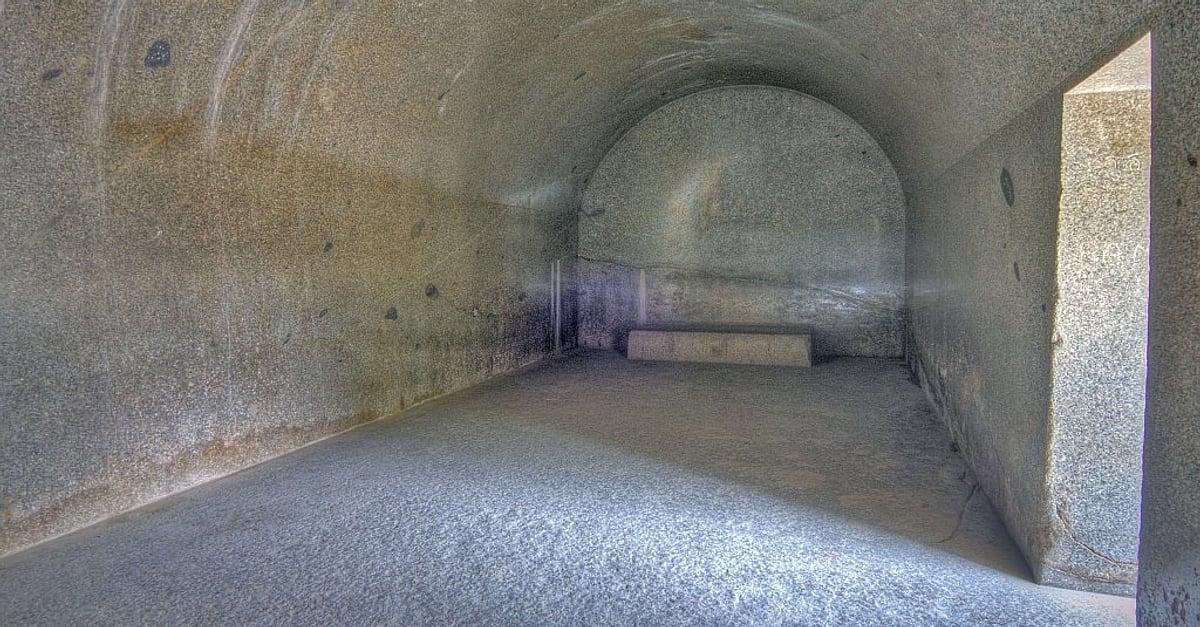
Located at the Barabar hills in Makhdumpur, these caves are the oldest surviving rock cut caves in India. Makhdumpur is situated in the Jehanabad district and is 24 kilometres away from Gaya town.
The history of these caves dates back to the Mauryan Empire when it was ruled by Emperor Ashoka. The caves are dedicated to the Ajivika sect founded by Makhali Gosala. The Impressive monuments present in the caves depict the unique skills of the then Artisans. The caves were further enhanced by the Gupta dynasty.
On the top of the Hills, Siddheshwar Nath temple, dedicated to Lord Shiva is located. The temple was constructed by the Guptas in the 7th century AD. The temple is visited by Pilgrims every year during the Sravan festival.
Apart from the caves and temple, these hills are also a perfect destination for bird watching as it has two lakes that attract over 15 varieties of water birds.
Also Read: Visit These Popular Yoga – Meditation Retreats in India
9. Dungeshwari Temple
Before Buddha reached Bodhgaya, it is said that he was protected in these hills. Due to this reason, the Hills are visited by Buddhist every year. Also known as Mahakala caves, these caves are 12 KM away from Gaya, situated along the Phalgu River. At the same location, there is a cave temple dedicated to Hindu Goddess Dungeshwari. The Dungeshwari caves provide you with an unreal experience where a person gets to lead through his transcendental energy which takes over their conscience.
10. Vishnupad Temple
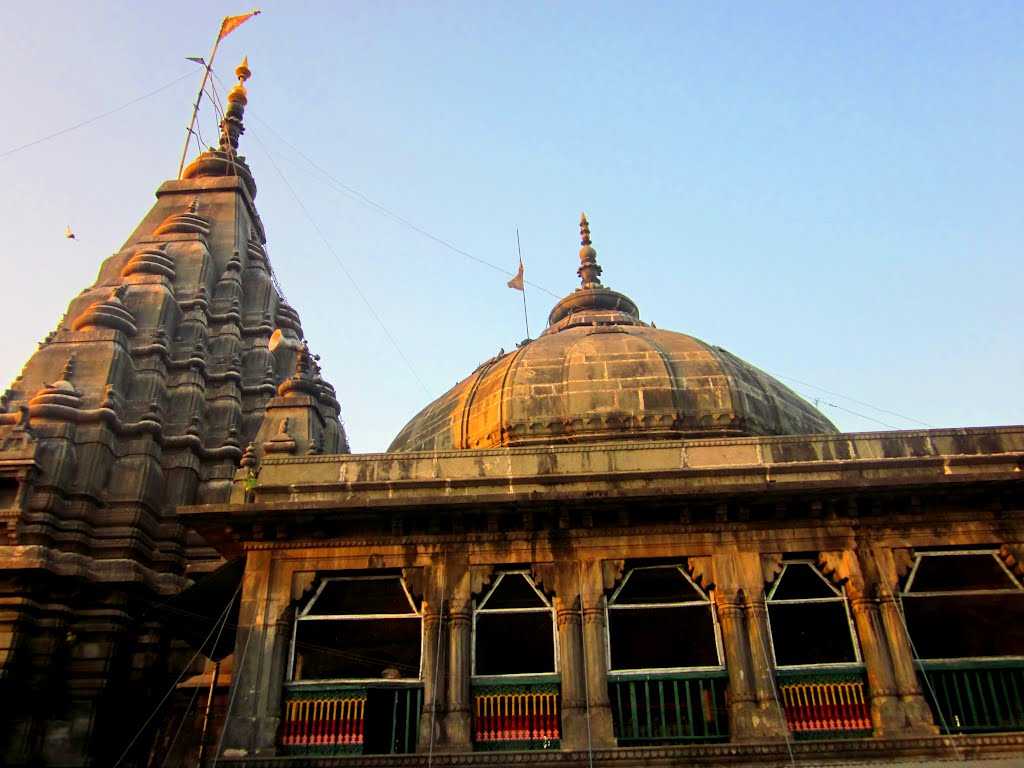
Built by Ahilyabai Holkar in 1787, the Vishnupad Temple is dedicated to Hindu God Vishnu. The temple is situated near the banks of Phalgu River. Legend has it that this temple has a 40-cm-long footprint of Sri Vishnu on a basalt rock. It is said that here he had killed a demon known as Gayasura on this place by pushing him under the earth through his foot, marking his presence over there.
Another Legend says that Sri Rama came to Gaya for the Pind Daan of his father Dasrath. On the opposite side of the Vishnupad Temple, there is a Sita kund. People come here to take a bath as a tradition. The temple is situated in the Chand-chaura in Bodhgaya.
How to Reach Bodh Gaya?
The Government of India is working towards making Bodh Gaya a prime pilgrimage tourist place. Bodh gaya is accessible through Roadways and Railways.
The nearest station to Bodhgaya is the Gaya junction which is 13 kilometers from the Gaya city. There is a special express train that connects all the major Buddhist places in the country. The name of the express train is Bodhgaya Special Buddha Parikrama Express.
Also, Bodhgaya is well connected through the Roadway system. The National Highway 83 connects the capital city of Patna to Bodhgaya. The Bihar state tourism development corporation provides deluxe buses for tourists twice a day.
Conclusion
Bodhgaya, is a small town in Bihar holds the testimony of one the greatest events that took place in the ancient Bihar. The Mahabodhi temple complex, Sujata Kutir, Barbara caves all stand to the testimony of the enlightenment of Gautam Buddha. Apart from the historical sites, the temples built by the Buddhist nations in Bodhgaya show the subsequent spread of Buddhist values in the Asian world.
Bodhgaya is a must-visit treasure of Bihar that should be cherished for being the centre of values for many Asian countries. So, now mark it to the list of your “to-travel next” list and then enlighten yourself with the new realm of spirituality and peace!
Frequently asked questions
When is the best time to visit Bodhgaya?
The best time to visit Bodh Gaya is from november to february. However, make sure to carry necessary warm clothes and stuff since these Months are very cold in Bihar.
How is the weather of Bodh Gaya normally?
The weather is quite moderate and warm.
What is the normal environment of the city?
The people use soft language to converse. However, the roads are not upto the mark so if you are travelling using your own vehicle then be careful while driving.
What festivals are celebrated in Bodhgaya?
The people of Bodh Gaya celebrate every festival. Due to the prevalence of Buddhism in the Town, Every year the Grand festival is organised during the Buddha Jayanti. Thousands of people join to celebrate the day that embarks the enlightenment of the Buddha.

